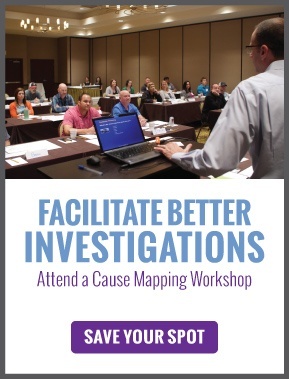Imagine a scenario where someone is injured by fireworks. What comes to mind? Perhaps you picture a group of friends launching fireworks in a wooded area, or a teenager lighting a Roman candle in his hand. Maybe it’s an unsupervised child whose clothes catch aflame from a sparker, or a DIY enthusiast who skipped a step building his own pyrotechnic display.
Most of us think that a typical fireworks injury is caused by “human error.” But a recently released report from the Consumer Product Safety Commission1 shows that’s not always the case.
What Causes Fireworks Injuries?
The CPSC conducted investigations on a representative sample of fireworks incidents that resulted in emergency room treatment. They found that the majority were caused by what the CPSC categorizes as “malfunctions”: misfires, tip overs, and errant flightpaths. Only 33% were caused by improper preparation, which the CPSC labels as “misuse”—or in other words, human error.
Fireworks Injuries Hazard Patterns, 2023 Fireworks Annual Report, CPSC

Following this data, you could say that 33% of fireworks injuries are caused by people screwing up, and 67% were caused by fireworks screwing up. But let’s be clear: All fireworks injuries involve people. If people prepared properly—really properly—they could likely prevent not only improper preparation problems but also a lot of misfires, tip overs, and errant flightpaths.
Unfortunately, telling people to prepare properly doesn’t seem to be working very well. Despite firework safety guidance available from outlets such as the CPSC2 and National Safety Council,3 and despite the tips and reminders that crop up on the news and social media every Fourth of July, the rate of fireworks injuries is on the rise. Based on trend analysis of data from 2008 through 2023, the CPSC forecasts an increase of 561 fireworks injuries per year going forward.
The Problem with Human Error Problems
When we label a problem with a generic cause like “human error,” we end up with generic solutions. At work, the typical solution to a human error problem is to retrain the person or team deemed responsible for the incident. Sounds a lot like the approach we’re currently taking to prevent fireworks injuries, doesn’t it?
Human error implies that the solution lies in correcting the human. If you’ve ever tried to correct your spouse, child, or coworker, you know that’s not an easy thing to do. But even when this solution is successfully applied, it’s limited in scope. It only addresses the behavior of one person or group, leaving systemic issues untouched.
To find broader and more sustainable solutions, we need to dig into processes. Examining how people perform tasks often reveals improvement opportunities related to non-human factors such as equipment, materials, and the environment. Importantly, it also allows us to spot gaps in the training and documentation we currently provide. “Retrain” isn’t usually an effective solution, but it’s especially ineffective when the training itself isn’t good.
What More Can We Do to Prevent Fireworks Injuries?
Reminding people to prepare properly for fireworks is a great idea. But if we want to lower the rate of fireworks injuries in 2024 and beyond, I think we’ll need to do more. Fortunately, there are so many processes we can dig into to identify solutions to prevent fireworks injuries, from the manufacturing of fireworks products to their purchase, storage, and use by customers.4
When using fireworks, I always start by reading the labels to get a handle on the recommended practices. The instructions, frequently translated from another language to English and printed, can wind up a bit unclear. Since it's tricky to check the instructions before buying, we occasionally end up with confusing directions. To stay safe, we might decide to dispose of fireworks if we can’t make sense of the proper way to use them, rather than risk using them improperly. Better safe than sorry!
Experienced firework shooters have a process for setting up and launching them safely. When I was growing up, we would launch fireworks for every big holiday, and we never got hurt. But knowing what I know now, a process map and a quick checklist would have been a more effective way to stay safe with the different types of fireworks that we launched. Maybe that’s what I'll start to do this year, and really nerd out in front of my family!
I’d love to hear your ideas for preventing fireworks injuries, especially if you’re an experienced fireworks user, so please share them in the comments. Wishing you a wonderful, injury-free Fourth of July!
1 - Consumer Product Safety Commission 2023 Fireworks Annual Report
2 - Consumer Product Safety Commission Tips to Celebrate Safely
3 - National Safety Council
4 - Example of Improper Customer Usage (Video)











